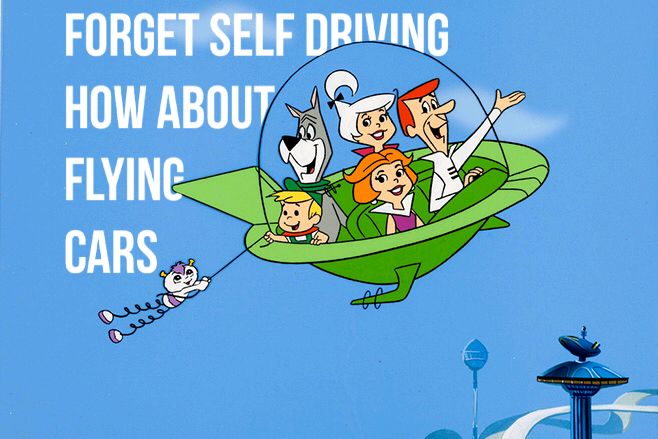People have dreamed about flying cars for decades, but the technology has always seemed far out of reach. Airplanes have long been too big, expensive, dangerous, loud, and complex for personal aviation to be more than a hobby for rich people.
But that might be about to change. “There’s a couple of technologies that are maturing and converging” to make small, affordable airplanes feasible, says Brian German, an aerospace researcher at Georgia Tech.
German argues that lighter and more powerful electric motors, batteries that can store more energy, and more sophisticated aviation software could transform the market for small aircraft.
Indeed, several companies are already working on prototypes of car-size airplanes that could soon become cheap, safe, and versatile enough for ordinary people to use them regularly. Google co-founder Larry Page has secretly funded one startup in this market, Zee Aero, since 2010. In 2015 he also invested in another called Kitty Hawk, led by former Google self-driving car guru Sebastian Thrun.
The flying cars of the future won’t look exactly like the ones on The Jetsons. There’s a good chance you’ll rent them on demand from a company like Uber instead of buying one that parks in your driveway — a possibility Uber explored in a recent white paper. But a future where millions of people take short trips by air on a regular basis could be closer than you think.
Silicon Valley innovations are spilling over into aviation
A conventional airplane takes off horizontally, building up enough speed for the wings to carry it skyward. That means a normal airplane needs a long runway to take off and land. Vertical takeoff and landing aircraft, by contrast, take off vertically like a helicopter, then switch to flying horizontally once they’re in the air. That allows them to take off and land in locations where conventional airplanes can’t.
VTOL airplanes are not a new technology — craft like the Harrier and the V-22 Osprey have been around since the 1960s. But these airplanes have never been very practical. They’re complex and expensive, and require pilots with specialized training to fly them.






